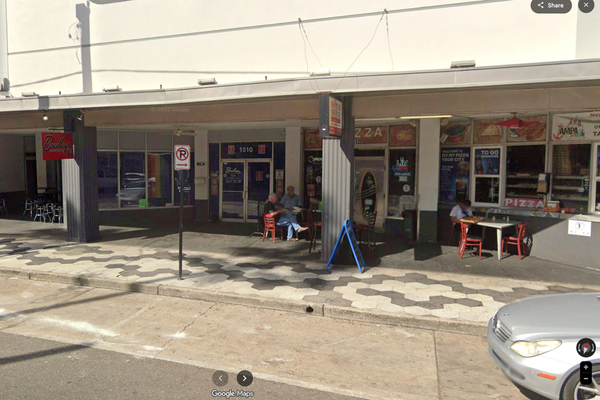
A 9% rise in the share price counts as an enthusiastic reception for a new strategic plan, but don’t forget the context at Barclays. The shares are still worth a fifth less than in late-2021 when the chief executive, CS Venkatakrishnan, or Venkat as he’s known, took the helm. At 162p, they also stand at slightly less than half the bank’s reported book value of its assets. Scepticism towards Barclays, the market’s default setting since the financial crisis of 2008-09, runs deeper than one day’s applause for a promise to return £10bn to shareholders over three years.
The source of that suspicion is well known. It’s not just the bank’s rate of turnover in chief executives, or its ability to find novel regulatory scrapes. It’s also the not-unrelated presence of a volatile investment banking division that is big by European standards but mid-ranking by Wall Street ones. In a post-crisis world where regulators rightly insist on fatter capital cushions, the perpetual question at Barclays is whether to stick or twist in investment banking.
Back in the day, Bob Diamond and John Varley were gung-ho and swooped on the Wall Street remnants of Lehman Brothers. Antony Jenkins went into retreat. Jes Staley restored several pieces. Now comes Venkat’s answer, which he hopes will be elegant but may turn out to be indecisive.
Investment banking won’t be allocated more capital to play with, so its proportion of the group’s overall risk-weighted assets should fall from 58% to about 50% because other divisions (according to the three-year plan) will be expanding. Thus the investment bank will simultaneously be “globally competitive” and “at scale”, he says, but will also “rebalance and reduce proportionally its relative size”. We’ll see, but the danger of falling between stools is obvious.
The rest of the grand plan was commendably specific on targets, but not on how they will be achieved. There will be £2bn in “gross efficiency savings” by 2026 (but no hard news on job cuts) and the cost-to-income ratio, a crucial measure of efficiency for a bank, is due to drop from 67% to “high 50s in percentage terms”. Many other big banks – especially those with fewer high-maintenance investment bankers – are already lower, it should be said.
Meanwhile, Barclays’ old refrain about being a “transatlantic bank” seems to have been dropped in favour of a hymn to how the UK is “a great place in which to do business and from which to do business”. That’ll win a few domestic brownie points and, actually, probably also makes strategic sense. The UK tends to produce reliably high returns in retail and corporate banking; and note that impairments in the UK, despite the economic noise, are now low. Last week’s £600m purchase of Tesco Bank looked a sound low-risk way to expand.
The hard part is believing that Venkat can crank up group revenues from £25.4bn to £30bn by 2026. That’s a lot of growth, and the assumptions seem to depend in part on the investment bank, despite its handbrake on capital, chipping in. If it all comes together, the promised prize is a jump in overall returns on tangible equity from about 9% now to 12% in three years’ time. That, in turn, would fund Venkat’s core pledge of £10bn in dividends and share buy-backs.
That alone explains the share price reaction. A promise to return a sum equivalent to 45% of your current stock market capitalisation is hard to ignore. Barclays’ investors haven’t heard anything similar in recent decades. But they have heard the one about how the investment bank can somehow produce more for less, and life has rarely worked out so pleasingly. Prediction: the division’s future will still dominate the Barclays debate in 2026.







